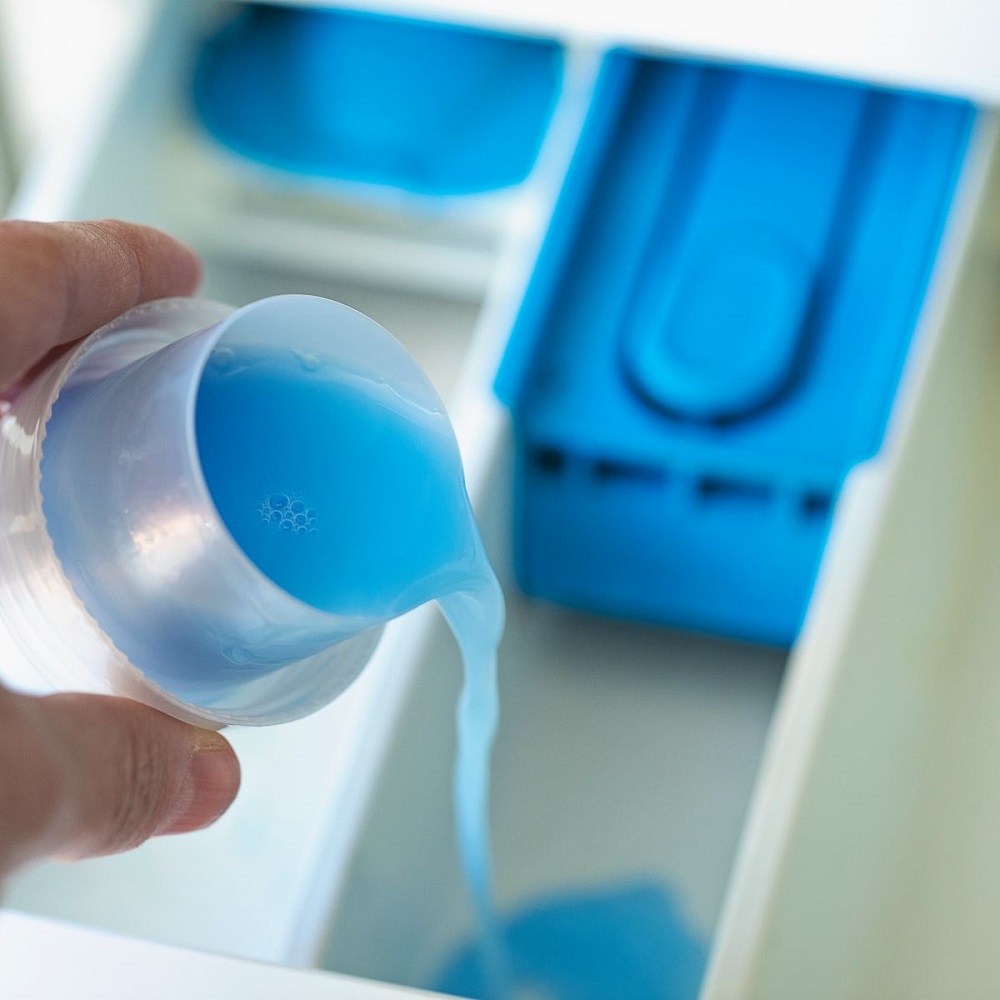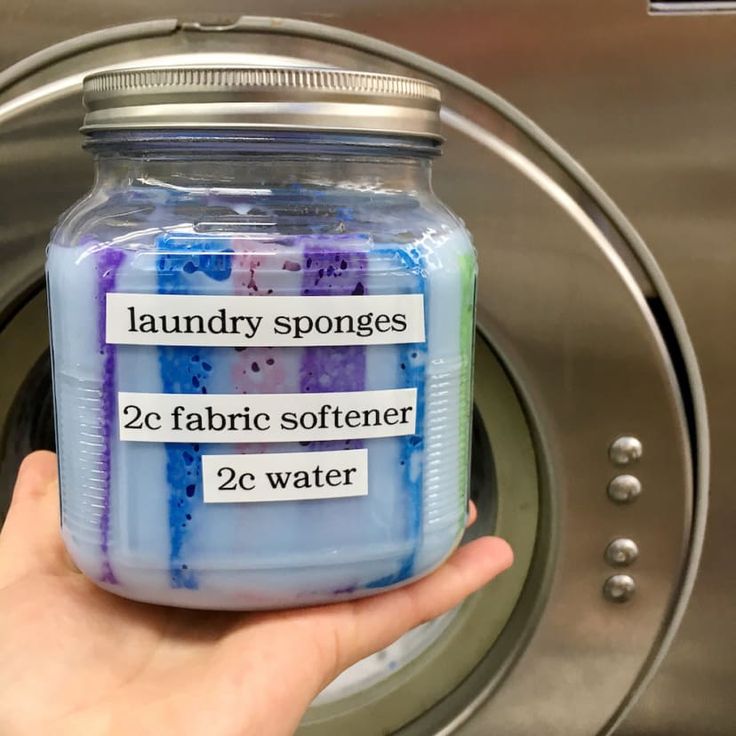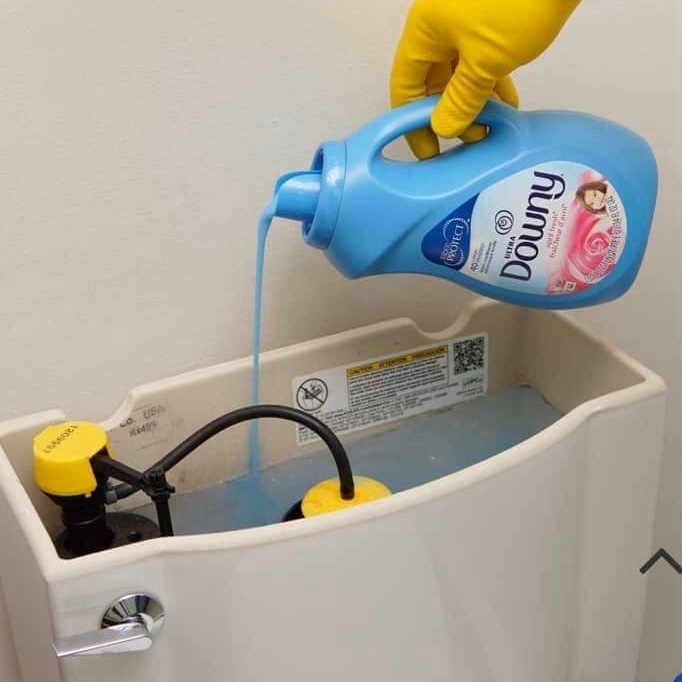Introduction to the Fabric Softener Toilet Hack
The fabric softener toilet hack has sparked much interest. It suggests pouring fabric softener into the toilet tank to maintain a pleasant scent in the bathroom. This unconventional method has spread across social media, with homeowners and cleaning enthusiasts keen to try it out. The idea is simple. A cup of fabric softener in the toilet tank should release a fresh aroma with each flush.
However, the hack’s popularity is a double-edged sword. It comes with praise and criticism alike. Some users swear by the hack’s effectiveness in keeping their bathrooms smelling fresh. Yet, others worry about the long-term damage to plumbing systems.
Industry professionals, such as plumbers and cleaning service companies, have also weighed in. The common consensus among experts is caution. They highlight potential risks, from clogging to environmental harm. The debate continues on whether this method is a clever trick or a risky shortcut.
In this blog, we will explore what drives people to try the fabric softener hack, the supposed benefits, and the alarm bells sounded by plumbing experts. We will also discuss the chemical impact of fabric softeners on plumbing and the environment. Finally, we will offer safe and effective alternatives for keeping your bathroom smelling great. Stay tuned as we dive into the fabric softener toilet hack—evaluating if it’s a smart tip or a flush of folly.

The Promise: Fresh Smells with Every Flush
The fabric softener toilet tank hack tempts with an alluring promise: your bathroom, smelling as fresh as laundry all the time. The idea is straightforward – pour fabric softener into the toilet tank, and with each flush, a burst of fragrance fills the air. This simple trick has captured the attention of many. Users all over social media report turning their bathrooms into scent havens. They say just a cup of fabric softener can transform the whole experience of visiting the bathroom. The scent of fabric softener is strong and long-lasting. Why put fabric softener in toilet tank? It’s seen as a quick fix for around-the-clock freshness.
Online, the hack has many vocal supporters. They claim it works wonders and that their spaces have never smelled better. Enthusiasts believe using fabric softener upstream ensures the bathroom benefits from its fragrance with every flush. Yet, for all the praise, there are warnings from plumbing professionals we cannot ignore. They suggest that the potential for harm might outweigh the benefits of a pleasantly scented bathroom. In the following sections, we will uncover what plumbers think about this hack and its actual impact on plumbing systems.
What Plumbers Say: Potential Risks and Damage
Some plumbers are raising red flags about this viral trend. It seems that the fabric softener toilet hack might not be as safe as enthusiasts believe. Professionals are cautioning homeowners on the potential drawbacks of this method. Here’s what they have to say about why putting fabric softener in the toilet tank could lead to more harm than good.
Clogging Concerns
Plumbers point out that fabric softener may cause clogging. The softeners aren’t designed for septic systems. They can leave a sticky residue that builds up over time. This can lead to blockages that are tough to clear.
Long-term Damage
Regular use of fabric softener in the tank may damage pipes. Over time, the compounds in the softener could corrode or even weaken the toilet’s internal mechanisms. This might result in costly repairs or the need for a full replacement.
Septic System Effects
For homes with a septic system, the risks are even higher. Fabric softeners can disrupt the natural bacterial balance in septic tanks. This imbalance could lead to system-wide problems that affect not just the toilet but your entire waste disposal system.
In conclusion, while fabric softeners may make bathrooms smell better, they could cause significant plumbing issues. It’s essential to consider these risks before adopting this hack. In the next section, we will explore the detailed effects of fabric softeners on your home’s plumbing system.
How Fabric Softeners Affect Plumbing
The use of fabric softener in toilet tanks may seem harmless. Yet, experts highlight several ways it can affect plumbing:
Buildup in Pipes
Fabric softener can create a residue that sticks to the inside of pipes. This sticky coating can trap other debris, leading to clogs.
Corrosion of Components
Over time, chemicals in fabric softeners might corrode toilet parts. This can cause leaks or failures in the flushing mechanism.
Impact on Water Flow
Residues from fabric softeners can narrow pipes, reducing water flow. This may result in less effective flushes and can contribute to blockages.
Difficulty in Treatment
These products are not easily broken down by water treatment systems. They may pass through unchanged, posing challenges for sewage treatment.
To sum up, while adding fabric softener to the toilet tank might offer a temporary fragrance boost, it poses risks to your plumbing system. These include clogs, damage to toilet parts, reduced water flow, and issues for water treatment. It’s wise to consider these consequences before trying this hack at home.
Environmental Concerns and Chemical Risks
Beyond the immediate plumbing issues, there are significant environmental and health concerns tied to using fabric softeners in toilet tanks. Here’s why this method might be doing more harm than good:
Toxic Chemicals
Fabric softeners contain chemicals like benzyl acetate and ethanol. These substances can be toxic when released into the water ecosystem. With every flush, these chemicals enter sewers and could eventually reach natural water bodies.
Non-Biodegradable Ingredients
Many fabric softeners are not biodegradable. They do not break down easily in the environment. This causes pollution and hurts wildlife.
Impact on Water Treatment
Water treatment plants may struggle to remove fabric softener chemicals. This results in potential contamination of water that returns to the ecosystem.
Disruption in Septic Systems
In septic systems, fabric softener can upset the bacterial balance. This can interfere with the natural breakdown process that’s crucial for treating waste.
To prevent these harmful effects, it is best to avoid using fabric softeners in the toilet. Instead, consider alternatives that do not carry the same risks for the environment and plumbing systems.
Alternative Odor Control Methods for Bathrooms
Given the concerns plumbers and experts have about using fabric softener in toilet tanks, it’s wise to explore other methods to keep your bathroom smelling fresh. Here are some safer and more plumbing-friendly options:
Use Essential Oils
You can add a few drops of essential oils, like lavender or eucalyptus, into the toilet bowl before flushing. This can leave a pleasant scent without risk to the pipes.
Try Vinegar and Baking Soda
A concoction of vinegar and baking soda can act as a natural cleaner and deodorizer. Sprinkle baking soda in the bowl and scrub, then flush after pouring in some vinegar.
Freshen with Gel Air Fresheners
Gel air fresheners are designed for bathrooms. Place one near the toilet to combat odors without affecting your plumbing.
Opt for Toilet Bowl Cleaning Tabs
Toilet bowl cleaning tabs can help maintain cleanliness and scent. They are dropped in the bowl and dissolve over time, without harming your pipes.
Keep a Good Ventilation System
Proper ventilation keeps air moving. This can prevent bad odors from settling. Make sure your bathroom fan works well or open a window if possible.
Regular Cleaning
A simple but often overlooked approach is regular cleaning. Scrubbing the toilet and bathroom surfaces prevents odors from developing in the first place.
Choosing one of these alternatives can keep your bathroom fresh without the risks associated with fabric softeners. Remember to prioritize methods that are safe for your plumbing and the environment.
Expert Recommendations for Toilet Maintenance
To maintain a clean and functional toilet, experts offer clear advice. Let’s consider their top tips.
Use the Right Products
Experts suggest using cleaners made for toilets. This prevents damage to parts and pipes.
Regular Inspections
Check your toilet regularly for leaks or wear. Early detection stops bigger problems.
Avoid Harsh Chemicals
Harsh chemicals can harm plumbing. Use gentle, eco-friendly cleaners instead.
Be Careful with Scrubbing
When cleaning, don’t scrub too hard. You could damage the surfaces or components.
Flush Responsibly
Flushing non-degradable items can clog your system. Only waste and toilet paper should be flushed.
Consider Professional Help
For deep cleans or problems, hire a plumber. They have the right skills and tools.
Don’t Ignore Problems
If issues arise, act quickly. Waiting can worsen the situation and cost more.
Following these recommendations helps keep your toilet in good shape. This way, you avoid the potential risks of unproven hacks like why put fabric softener in toilet tank. It’s better to rely on tried and true methods for toilet maintenance.
Summary: Weighing the Pros and Cons of the Fabric Softener Hack
In summary, the fabric softener toilet hack has stirred up much debate. It’s alluring for its simple promise of lasting freshness. But, we must weigh this against the potential risks and damages. Plumbers and experts express serious concerns. They warn about clogs, harm to septic systems, and environmental issues.
On the positive side, fans of the hack enjoy a bathroom that smells clean with minimal effort. The scent of fabric softener is undeniably pleasant, and its appeal is strong. This easy method seems to offer a constant burst of freshness.
However, the cons are significant. The hack can cause a buildup in pipes and may lead to corrosion. It affects water flow, making flushes less effective over time. The environmental impact is also troubling. The toxic chemicals and non-biodegradable nature pose threats to water treatment and ecosystems.
Given these points, experts recommend safer alternatives. These include essential oils, cleaning tabs, and regular cleaning methods. These options are both plumbing-friendly and eco-conscious. They help maintain the desired freshness without the downsides.
Concluding our exploration, the choice clear. Safer, environmentally kind methods should replace the fabric softener hack. We should avoid quick fixes that risk long-term damage for a momentary perk. The responsibility rests on choosing the right practice for our homes and planet alike.


